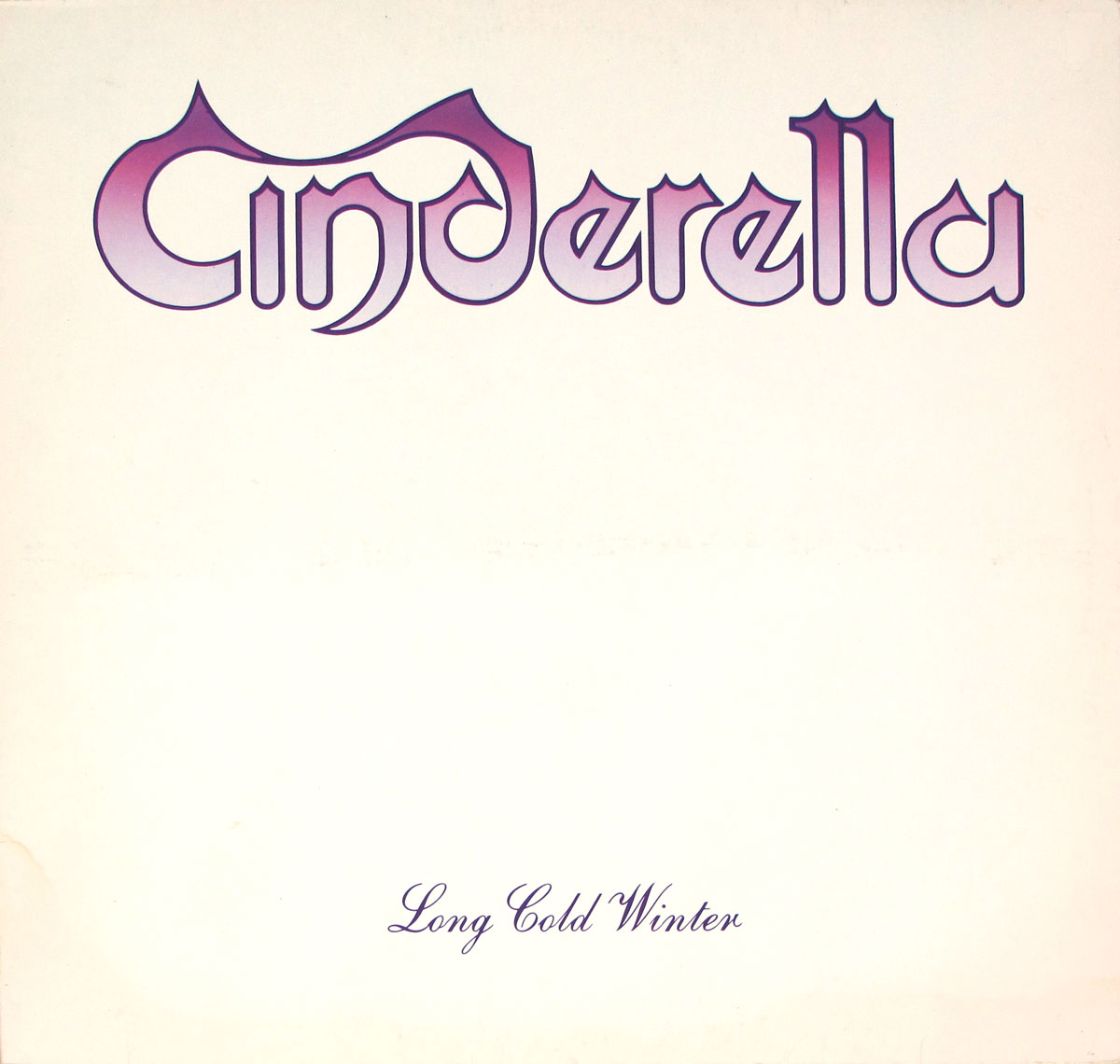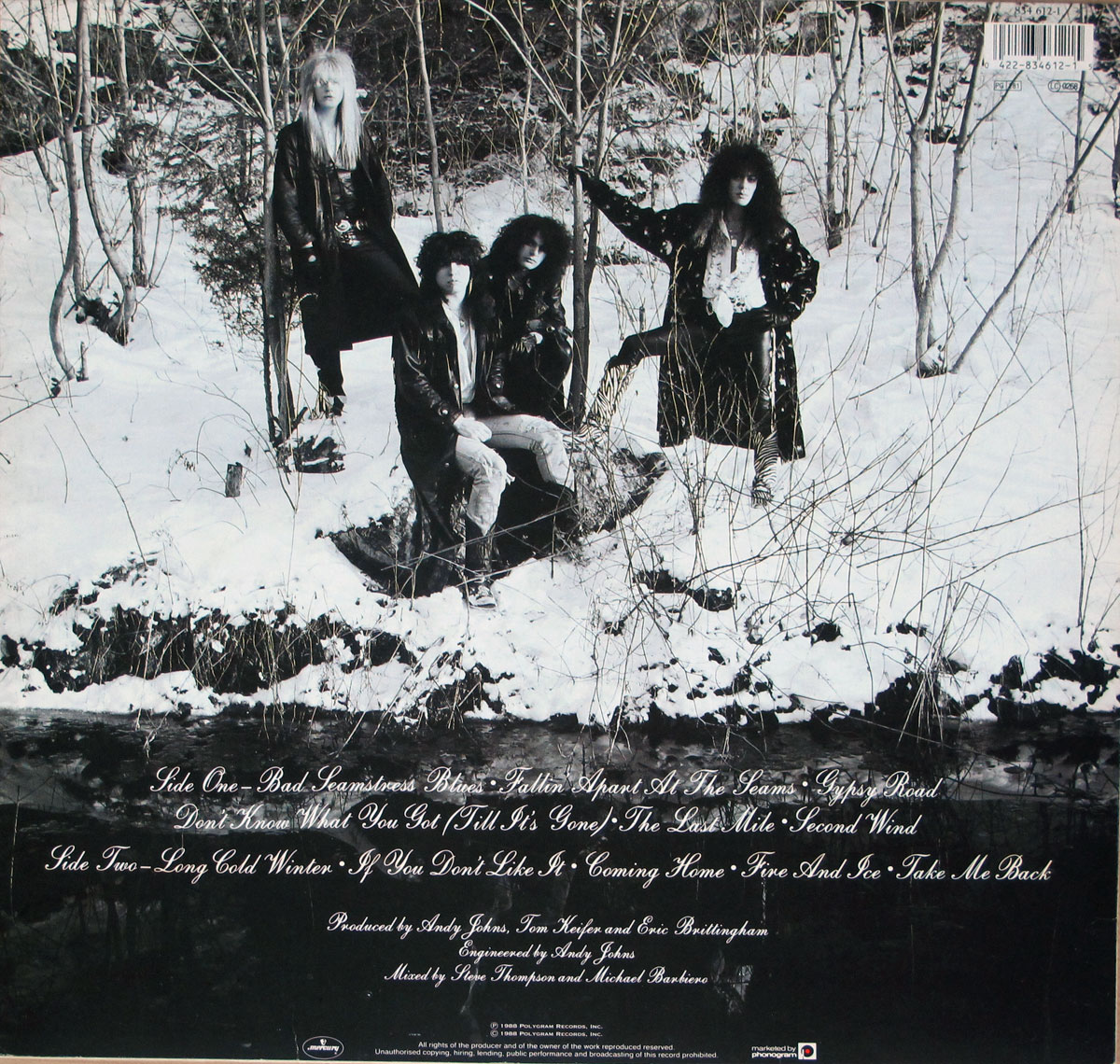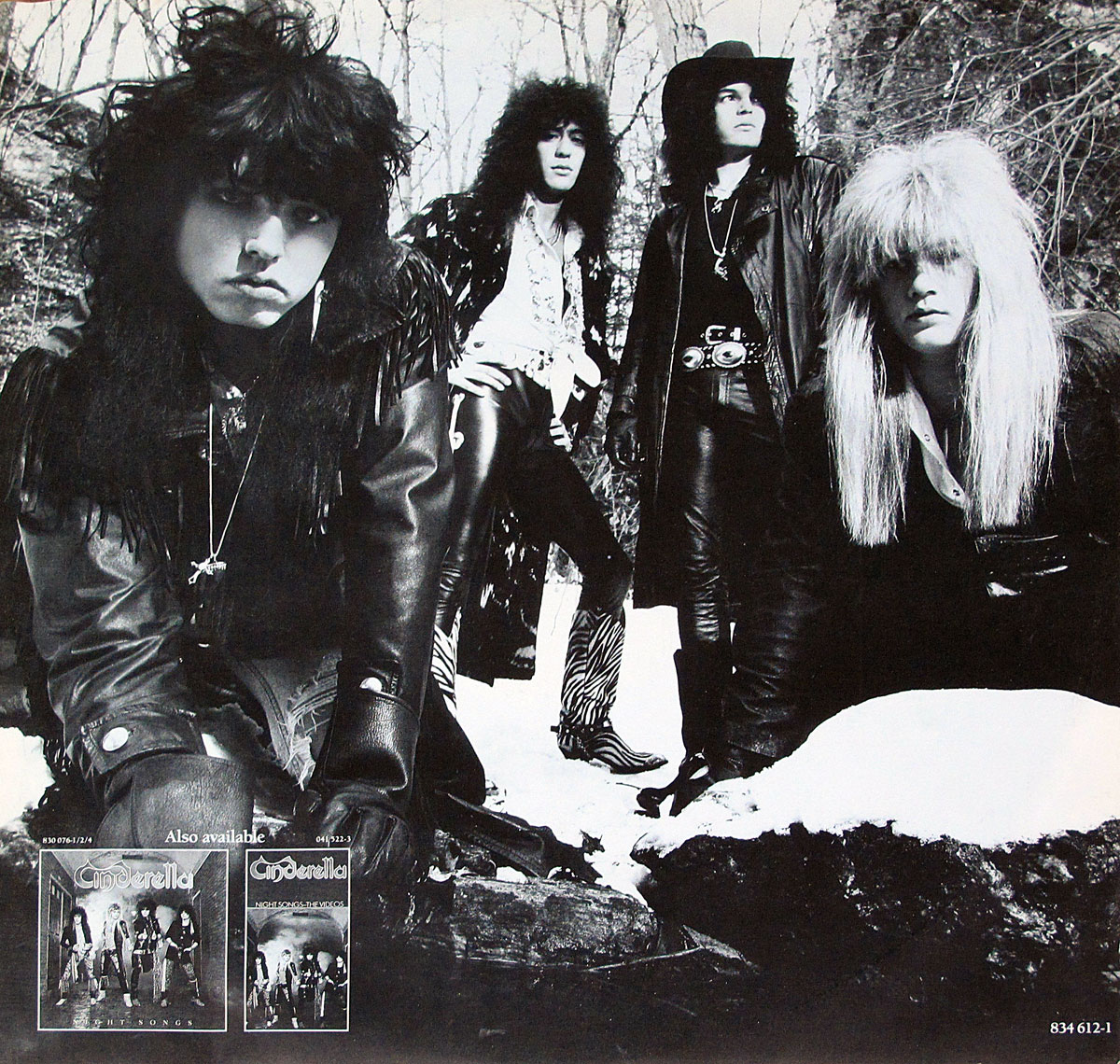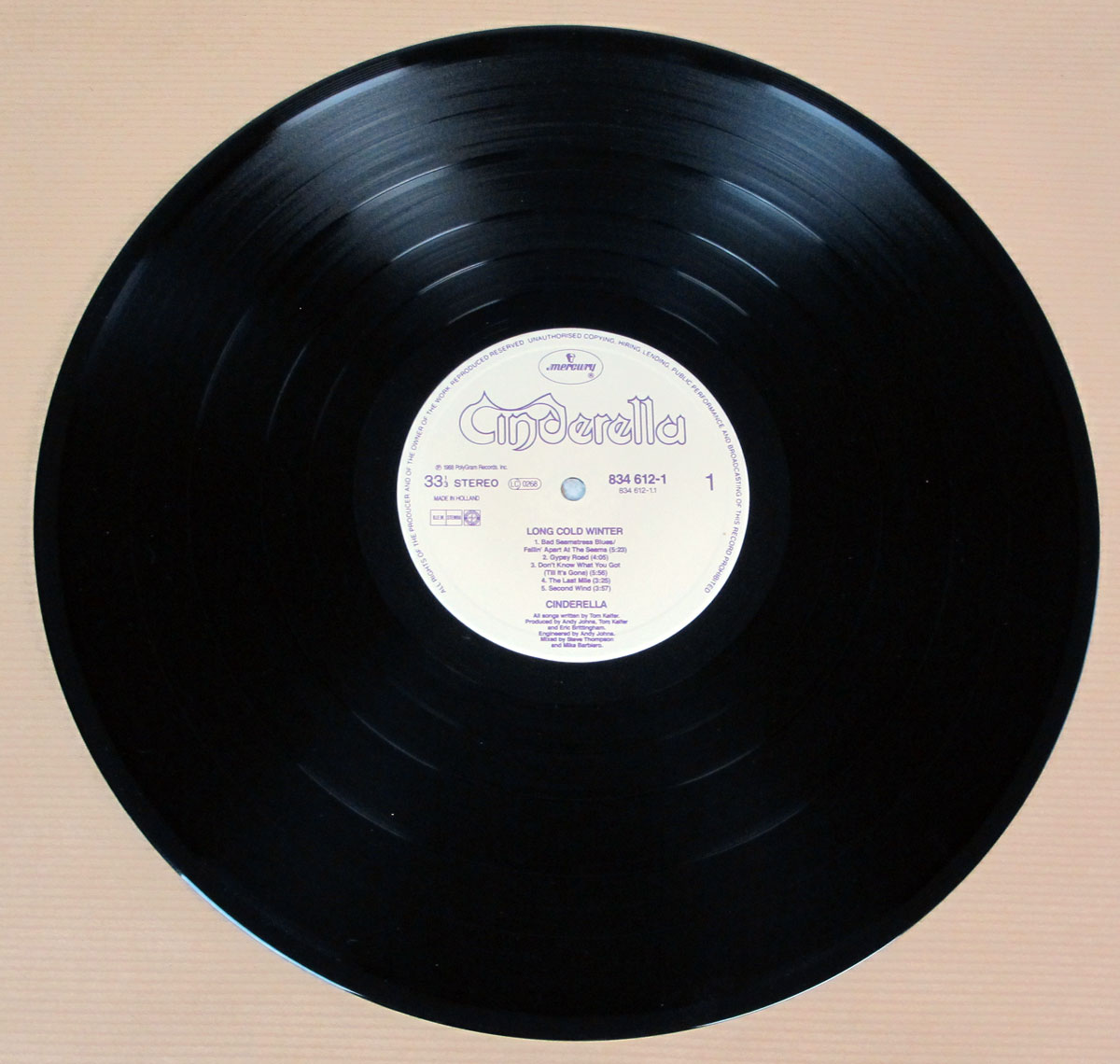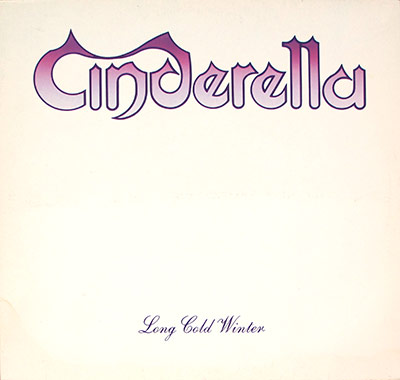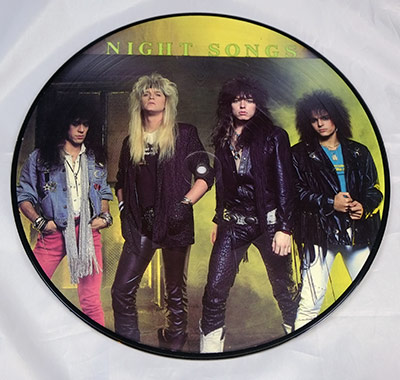"Long Cold Winter" — A Turning Point for Cinderella
When Cinderella released “Long Cold Winter” in 1988, it marked more than just their second studio album — it captured a band reshaping its identity.
Moving beyond the glitter of glam metal, the record found strength in blues, grit, and a colder, more mature emotional tone.
From "Night Songs" to a New Sound
Formed in 1983 by Tom Keifer, Eric Brittingham, Jeff LaBar, and Fred Coury, Cinderella exploded with their debut
“Night Songs” (1986). Its success opened the door to greater ambitions — and “Long Cold Winter” would become the test of whether they could grow beyond image into artistry.
Recording in the Cold
Under producer Andy Johns, the band traded heavy-metal gloss for a blues-rock heartbeat.
Although Fred Coury was credited as drummer, session players filled most of the role.
Denny Carmassi performed on “Second Wind”, while other uncredited drummers added depth and drive.
The result? A record that sounded lived-in — raw but refined.
The minimalist white cover, embossed with the purple Cinderella logo, mirrored this restraint.
No fantasy art, no wolves — just a stark sleeve that looked as cold as it sounded.
Singles That Defined the Era
“Gypsy Road” kicked off the release campaign in May 1988, followed by the aching ballad
“Don’t Know What You Got (Till It’s Gone)” in August.
“The Last Mile” hit that November, and “Coming Home” closed out the run in March 1989.
Each single showcased the band’s growth — from swagger to sorrow.
Chart Power & Reception
The album went multi-platinum, selling millions and earning critical respect.
“Don’t Know What You Got (Till It’s Gone)” climbed to No. 12 on the Billboard Hot 100 —
a commercial peak that still echoes on rock radio.
Reviewers praised its blend of blues soul and arena strength, calling it one of the decade’s few glam-to-roots success stories.
Legacy: Fire Beneath the Frost
Decades later, “Long Cold Winter” remains a staple of late-’80s rock — a record that traded makeup for musicianship and flash for feeling.
Its influence stretches far beyond the era that birthed it, proving that sometimes, growing colder can make the music burn brighter.
